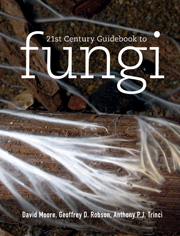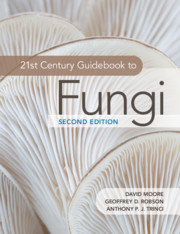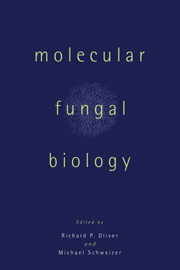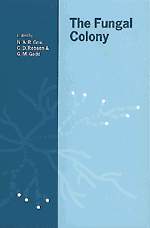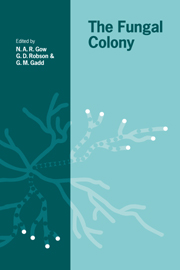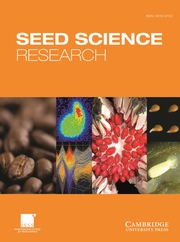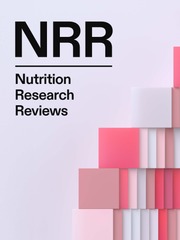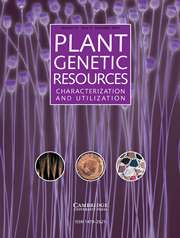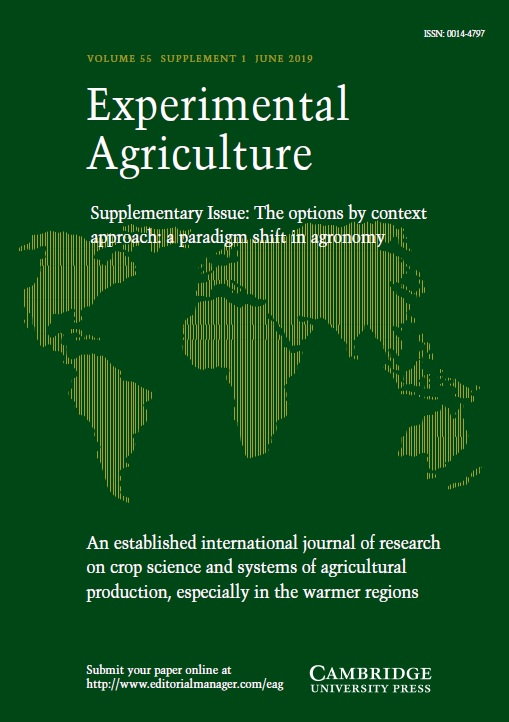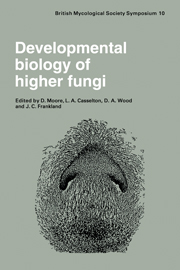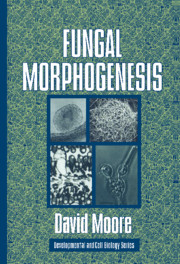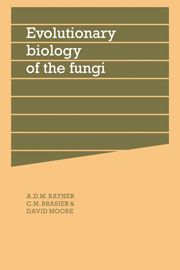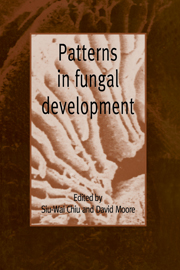21st Century Guidebook to Fungi with CD
Fungi have their own unique cell biology and life cycle, but also play critical roles in wider biological systems. This textbook provides a comprehensive view of fungal biology, ranging in scope from the evolutionary origins of fungi and other eukaryotes more than a billion years ago, to the impact fungi have on everyday life. Bringing mycology teaching right up to date, this unique systems biology approach emphasises the interactions between fungi and other organisms to illustrate the critical roles that fungi play in every ecosystem and food web. With more than 60 colour figures, examples of computational modelling and resource boxes directing students to areas of interest online, this book gives students an appreciation of fungi both at the organism level and in the context of wider biology. A companion CD accompanying the print book features a hyperlinked version of the book and the fully integrated World of Cyberfungi website.
- Unique system biology approach helps students to appreciate fungi as critical components of wider ecosystems
- Over 20 resource boxes point students towards sources of further information, with DOI numbers included where possible to allow quick and easy access to the original electronic documents
- Companion CD features a hyperlinked version of the book, the fully integrated World of Cyberfungi website and the Neighbour-Sensing interactive fungal growth simulator program
Reviews & endorsements
"The content and quality of this book is simply breathtaking! This book is useful for a wide audience. It is not just for the practicing or future mycologist, lichenologist, phycologist, plant biologist, or systematist; it is also ideal for the environmental or health professional. The information on habitat and ecology make the book invaluable as a laboratory and professional aid. The cell biology and genetic information is current and thorough, and offers numerous topics for practical application in research; thus the book is also an important supplement to the cell and molecular biologist's library. Highly recommended."
L. Swatzell, Choice
"It is written in a delightful prose, integrating concepts and interdisciplinary knowledge. 21st Century Guidebook to Fungi combines clear explanation of details with descriptions of big concepts, bringing together interdisciplary areas. The CD is a great resource, and the overall result ia very useful book for fungi aficionados, experts, students, and classroom teaching. This book could become a classic in the field and will be an enjoyable read for anyone wanting to learn more about fungi."
Olga R. Kopp, Plant Science Bulletin
"The authors' clear, comprehensible and accurate writing style is just perfect for a textbook. The 21st Century Guidebook to Fungi contains an enormous amount of referenced, up-to-date information about the third eukaryotic kingdom, while following a systems biology approach and strongly emphasizing the interactions of fungi with other organisms and ecosystems … It has the potential to spark and nourish a many a biologist's interest in mycology - this fasicinating, poorly understood corner of the biological world."
Christine Hassler, Lab Times
"This remarkably comprehensive volume will be useful to every scientist and educator whose work touches on the fungi, and it is coming out just as the tsunami of fungal genomes is gathering. This 21st Century Guidebook to Fungi will provide a wealth of background information necessary for interpreting the coming flood of data from various “-omics” technologies in fungal biology."
David S. Hibbett, The Quarterly Review of Biology
"This is an innovative text, both in its presentation and its organization. The authors' broad experience and nearly encyclopedic knowledge lend strength and their many years of teaching experience all increase its value. The volume is remarkably well written and well-copy edited. This book is a marvelous effort to holistically integrate mycology into modern systems biology."
David Yohalem, Mycological Innovations for Inoculum
Product details
August 2011Mixed media product
9781107006768
640 pages
283 × 226 × 35 mm
2.13kg
406 b/w illus. 57 tables
Unavailable - out of print July 2012
Table of Contents
- Preface
- Part I. Nature and Origins of Fungi:
- 1. 21st-century fungal communities
- 2. Evolutionary origins
- 3. Natural classification of fungi
- Part II. Fungal Cell Biology:
- 4. Hyphal cell biology and growth on solid substrates
- 5. Fungal cell biology
- 6. Structure and synthesis of fungal cell walls
- Part III. Fungal Genetics and Diversity:
- 7. From the haploid to the functional diploid: homokaryons, heterokaryons, dikaryons and compatibility
- 8. Sexual reproduction: the basis of diversity and taxonomy
- 9. Continuing the diversity theme: cell and tissue differentiation
- Part IV. Biochemistry and Developmental Biology of Fungi:
- 10. Fungi in ecosystems
- 11. Exploiting fungi for food
- 12. Development and morphogenesis
- Part V. Fungi as Saprotrophs, Symbionts and Pathogens:
- 13. Ecosystem mycology: saprotrophs, and mutualisms between plants and fungi
- 14. Fungi as pathogens of plants
- 15. Fungi as symbionts and predators of animals
- 16. Fungi as pathogens of animals, including man
- Part VI. Fungal Biotechnology and Bioinformatics:
- 17. Whole organism biotechnology
- 18. Molecular biotechnology
- Part VII. Appendices: Appendix 1. Outline classification of fungi
- Appendix 2. Mycelial and hyphal
- Index.

